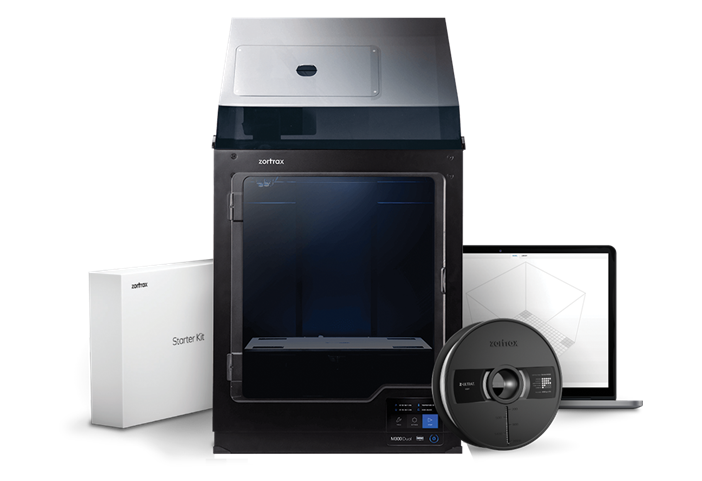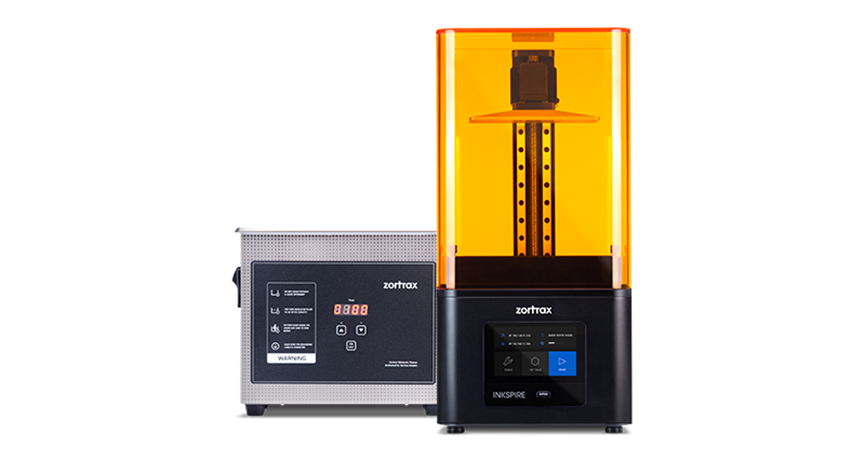Department of Physics
The goal of the Department of Physics at the RSU Faculty of Medicine is to provide modern study courses in medical physics, biophysics, medical laser physics, physics of medical equipment and nanotechnology, biomaterials, biomechanics, IT foundations, 3D printing, 3D modeling, etc. Our instructors constantly improve their knowledge and skills, manage and coordinate students scientific research works. The Department of Physics in cooperation with the Medical Education Technology Center (METC) has started and continues to develop the direction of 3D modeling and 3 D printing in medical, dental and rehabilitation study programs, as well as offers opportunities to use 3D technologies for all RSU students, staff and professionals.
Academic and scientific activities
- Modern teaching of study courses in medical physics, biophysics, medical laser physics, physics of medical equipment and nanotechnology, biomaterials, biomechanics, IT basics, 3D printing and 3D modeling
- Guidance and coordination of student research work
- Maintenance and development of the 3D technology laboratory in cooperation with RSU METC and other departments and units
- Continuous improvement of instructors knowledge and skills
- Application of modern pedagogical approaches and technologies in developing and teaching study courses
Cooperation
- Department of Clinical Skills and Medical Technologies
- Department of Radiology (Biomedical Imaging)
- Nuclear Medicine Centre (RSU NMC)
- Scientific Laboratory of Radiology
- Laboratory of Biomechanics
- Joint Laboratory of Electron Microscopy
- Department of Optometrics
- Academy of Young Medical Students
- Rīga Technical University
- University of Latvia (Faculty of Physics and Mathematics, Institute of Solid State Physics, Latvian Institute of Organic Synthesis)
- The European Organization for Nuclear Research (CERN)
We offer different scientific research topics for student scientific thesis in 2022/23
- Investigation of physical parameters of the cardiorespiratory system as an open system of gases and liquids - Asst.Prof. J.E.Proskurins;
- Investigation of the electric potential of biological tissues and electrical impulses in the human body - Asst.Prof. J.E.Proskurins;
- Reflexes, "data" transmission rates in the nervous system, the study of parameters that influence the transmission rates of the impulses - Asst.Prof. J.E.Proskurins;
- Research of the characteristics of different sports activities - Asst.Prof. J.E.Proskurins;
- Perception of space in the VR environment and measurements of biological parameters using sensor data acquisition methods - Asst.Prof. J.E.Proskurins in cooperation with METC at RSU and LPCS at UL;
- Analysis of spatial information and physiological parameters within the visual field and navigation space using sensor data acquisition methods - Asst.Prof. J.E.Proskurins in cooperation with LPCS at UL;
- Sensing different smells using the capabilities of the Scent Camera - Asst.Prof. J.E.Proskurins in cooperation with the Scent Camera project.
3D Laboratory
The main objective of the 3D Laboratory at the Department of Physics is to provide university students and academic and research staff from other departments with the knowledge, skills and tools to use various 3D technologies to solve problems of varying complexity. It is a purpose-built workplace equipped with advanced 3D technology, software, and skilled staff, set within the academic ecosystem of the University.
The Department of Physics currently has four high-quality 3D printers that use two additive manufacturing technologies.
Fused deposition modeling (FDM) technology

The basic principle of FDM 3D printers is that the printer applies the molten material in layers onto a work platform until the part is completely finished. FDM technology uses digital design files that are uploaded into the machine itself and transformed into physical dimensions. Materials for FDM printing include polymers such as ABS, PLA, PETG and PEI, which are fed as filaments through a heated nozzle.
The Department of Physics currently uses a Zortrax M300 Dual printer for FDM printing, with a build volume of up to 265x265x300 mm and an Ultimaker S7 printer with a build volume of up to 330x240x300 mm, allowing the printing of both quite large parts or many small parts. Layer heights are 0.15-0.30 mm and 0.06-0.30 mm respectively. Printing smaller layers produces smoother parts and more accurate reproduction of curved geometries, while printing larger layers allows parts to be produced faster.
Liquid-crystal display (LCD) technology
 The basic principle of LCD 3D printers is that the working platform is lowered into a resin tank with a transparent bottom. The printer uses a digital projection screen located under the resin tank to project an image of the layer across the platform, simultaneously curing all points at once. Parts are built upside down, layer by layer, until the part is completely finished. The LCD printing process uses a liquid photopolymer resin that has the property of curing when exposed to light of a certain wavelength.
The basic principle of LCD 3D printers is that the working platform is lowered into a resin tank with a transparent bottom. The printer uses a digital projection screen located under the resin tank to project an image of the layer across the platform, simultaneously curing all points at once. Parts are built upside down, layer by layer, until the part is completely finished. The LCD printing process uses a liquid photopolymer resin that has the property of curing when exposed to light of a certain wavelength.
The Department of Physics currently uses a Zortrax Inkspire printer with a build volume of up to 132x74x175 mm for LCD printing, designed for detailed printing of small and medium-sized objects. Layer height ranges from 0.025-0.100 mm. Printing smaller layers produces smoother parts and more accurate reproduction of curved geometries, while printing larger layers allows parts to be produced more quickly.
Contact person
Employees
Department of Physics
Related news
 Staff of the Department of Physics Lecture on the Use of 3D at Summer School in AustriaMedicīniskā fizika
Staff of the Department of Physics Lecture on the Use of 3D at Summer School in AustriaMedicīniskā fizika RSU METC develops table-top simulation and enhances BKUS readiness to admit patients during Song and Dance FestivalInnovation
RSU METC develops table-top simulation and enhances BKUS readiness to admit patients during Song and Dance FestivalInnovation RSU teaching staff contribute to the organization of the PIRSMAP School in RīgaMedicīniskā fizika, International Cooperation, Radiology
RSU teaching staff contribute to the organization of the PIRSMAP School in RīgaMedicīniskā fizika, International Cooperation, Radiology Valualbe experience exchanged during Erasmus+ visit at HAW HamburgMedicīniskā fizika
Valualbe experience exchanged during Erasmus+ visit at HAW HamburgMedicīniskā fizika














